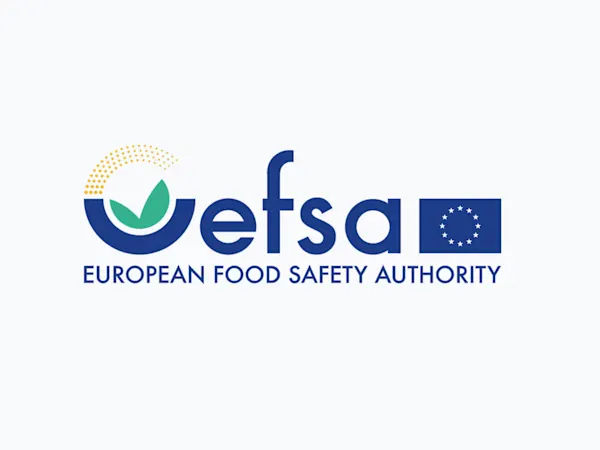
EFSA Seeks Feedback on Overhaul of Weight of Evidence and Biological Relevance Guidance
EFSA launches consultation on updating its Weight of Evidence and Biological Relevance guidance, aiming to streamline chemical risk assessment practices.


The European Chemicals Agency (ECHA) released a detailed assessment of regulatory needs for alpha amino acids and salts, concluding that no immediate regulatory actions are required. The report analyzed potential hazards and exposure risks for 39 substances, finding no significant concerns for human health or the environment, based on available data.
ECHA grouped the 39 alpha amino acids and salts based on structural similarities and available registration data, focusing on essential and non-essential amino acids commonly used in consumer and industrial products. According to the report, substances like L-cysteine, glycine, and L-alanine, widely used in applications ranging from cosmetics to cleaning agents, do not pose significant carcinogenic, mutagenic, or reproductive toxicity (CMR) risks.
ECHA proposed no further regulatory actions at the EU level, citing the lack of hazards in the areas of carcinogenicity, mutagenicity, and skin sensitization for all group members. Specific substances such as DL-alanine, glutamic acid, and L-leucine were mentioned as having minimal exposure risks due to their controlled use in industrial environments.
The report emphasized the importance of ongoing monitoring but suggested that the current use and exposure levels of alpha amino acids do not warrant additional regulatory restrictions. The findings align with previous assessments by the World Health Organization (WHO) and the European Food Safety Authority (EFSA), which also found no safety concerns for the use of amino acids in food and feed applications.
This comprehensive assessment by ECHA offers reassurance to manufacturers and users of alpha amino acids and salts. The report's findings pave the way for continued safe usage of these substances across various industries without the need for further regulatory intervention.
Foresight continuously tracks 1000s of sources and maps updates to your portfolio:




EFSA launches consultation on updating its Weight of Evidence and Biological Relevance guidance, aiming to streamline chemical risk assessment practices.

The Netherlands refines its list of potential ZZS chemicals to better align with EU assessments, boosting early detection and regulatory foresight.

Germany's CONMAR-Impact study sets new environmental quality standards for TNT in marine ecosystems, raising industry-wide compliance questions.
Subscribe to Foresight Weekly and get the latest insights on regulatory changes affecting chemical compliance.
Free forever. Unsubscribe anytime.
Read by professionals at